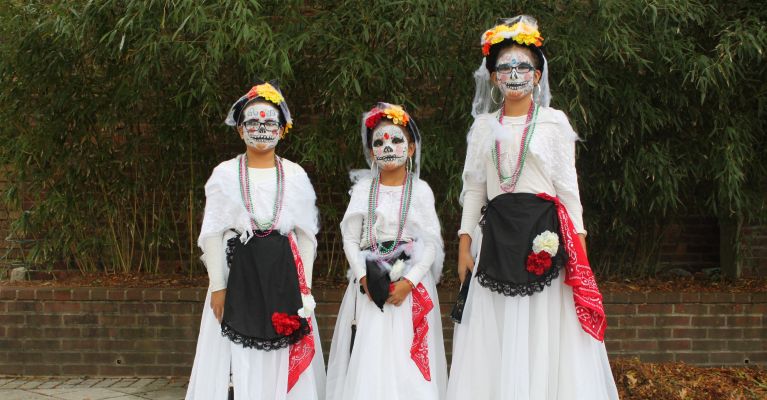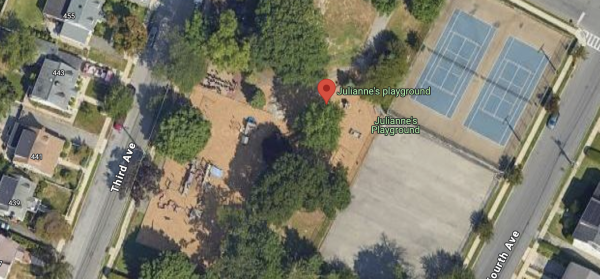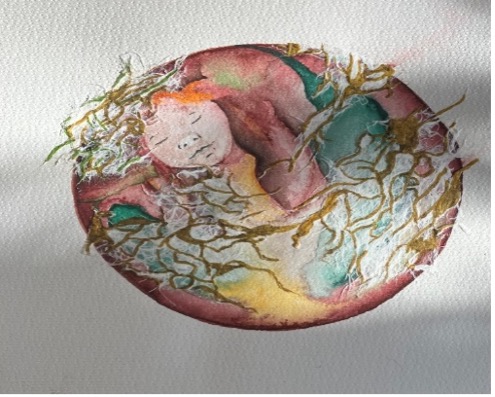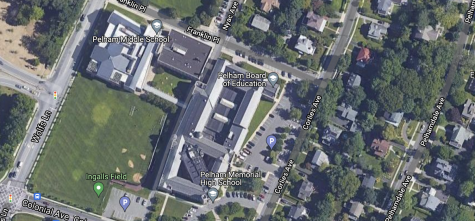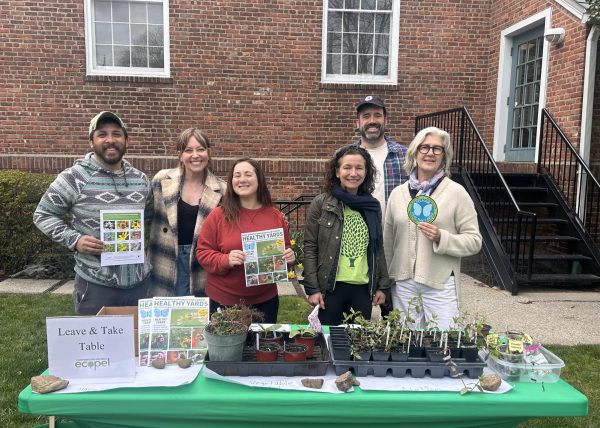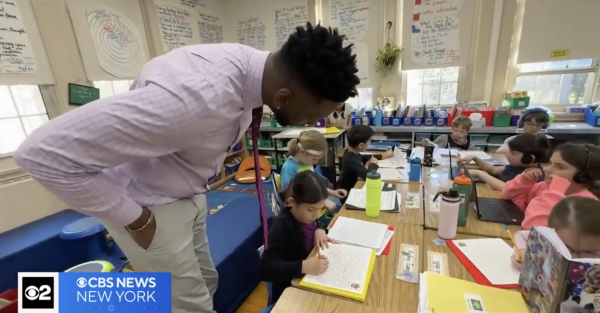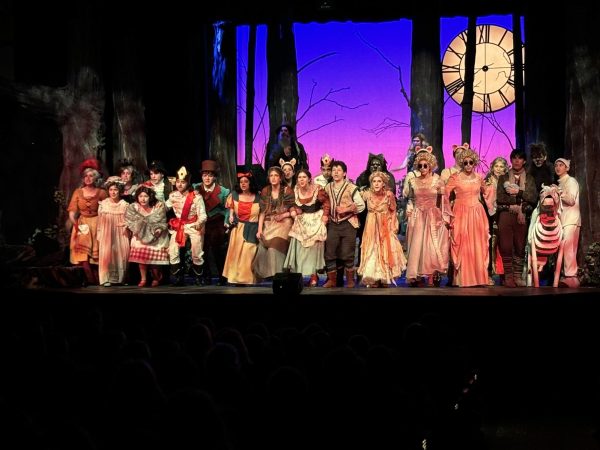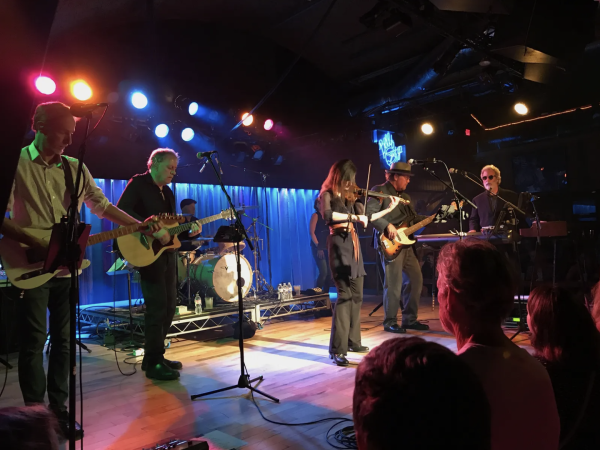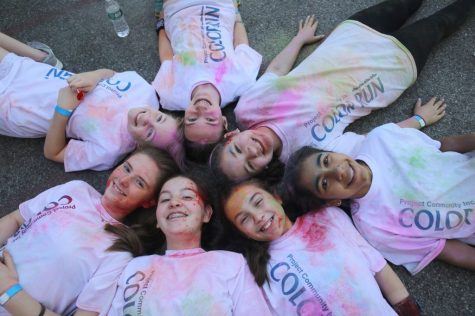Four events at Pelham Art Center to highlight Afro-Puerto Rican, Indian, Mexican and indigenous American folk traditions
Editor’s note: This press release was provided by the Pelham Art Center.
BombaYo! Afro-Puerto Rican: Sunday, September 22, 2019, 2-4PM
Diwali: Indian Festival of Lights: Sunday, October 6, 2019, 2-4 PM
Mexican Day of the Dead: Sunday, October 27, 2019, 2-4 PM
Indigenous American Folk Art: Sunday, November 10, 2019, 2-4 PM
Pelham Art Center announces its fall 2019 program of Folk Art events, which will highlight artistic traditions of four different cultures through performance and hands-on workshops.
Now in its twelfth year, the Pelham Art Center Folk Arts Series celebrates cultures from around the globe with performances and art-making opportunities that are free and open to the public. This year-round program includes musical and dance performances, demonstrations, and hands-on workshops that allow area residents to experience and appreciate the diversity of traditions both within the community and throughout the world. Pelham Art Center’s fall Folk Art events coincide with Pelham Art Center’s gallery exhibition IN/FLUX, which features artwork by immigrant and first- generation artists who reflect on the complexity of immigrant experience in our world.
Sunday, September 22: The Afro- Puerto Rican Folk Art event with BombaYo is a new addition to the Folk Arts program in 2019. Pelham Art Center welcomes internationally-acclaimed performer/educator and Bronx native Jose Ortiz, a.k.a. Dr. Drum, to lead the community in a Bomba music celebration. Bomba is an African-derived music and dance tradition developed in Puerto Rico. With call-and-response singing, drumming and dance, BombaYo will kindle the joy of this Afro-Puerto Rican art form and ignite the ancestral rhythms of Bomba.
Sunday, October 6 (ArtsFest Weekend): Pelham Art Center will celebrate Diwali, the major festival for Hindus, Sikhs, Buddhists, and Jains, who believe that light is a metaphor for knowledge, health, wealth and peace. Madhusmita Bora & Prerona Bhuyan of the Sattriya Dance Company will perform Sattriya. Sattriya is a 500-year-old living dance tradition from the Hindu (Vaishnav) monasteries of Assam in Northeast India. The dance, practiced by celibate monks, remained confined to monastic rituals until the 1960s. In 2000, the Indian government inducted Sattriya into the pantheon of major Indian classical dances. Guests will enjoy audience participation, hands-on art workshops and henna body art.
Sunday, October 27: Join Pelham Art Center for its highly popular Day of the Dead Folk Art celebration. Experience this festive Mexican tradition in which passed loved ones are remembered with joy and celebration. Renowned artist Zafiro Romero-Acevedo returns to the Pelham Art Center to share the history of one of Mexico’s richest traditions through performances, followed by an all-ages art workshop. The first performance is a traditional Veracruz dance, “La Morena,” performed by 14 year old Perla Perez and 16 year old Fatima Cruz. The second performance is a traditional Nahualt dance “La Xochipitzáhuatl” performed by six girls ages 5 to 12. The Dance La Xochipitzáhuatl (the mystical flower of the mother Earth) from Oaxaca, Mexico also know for the ribbon dance was renamed the “Holy Mother” or “Virgin of Guadalupe/Tonantzin” upon the arrival of the Spanish conquistadors. This traditional ancient song (Náhuatl) is performed during many holidays and festivals across Mexico, including in: Hidalgo, San Luis Potosí, Veracruz, Puebla, Querétaro, Morelos, Oaxaca. It is traditionally accompanied by three instruments: violin, Mexican guitar, jarana guitar.
Sunday, November 10: Members of the Matinecock Tribe of Queens and Long Island, Turkey clan Chief Reggie Ceaser and artist Tecumseh Ceaser will introduce attendees to local Indigenous American history, culture and customs. The two will share their heritage through interactive learning experiences and discussions to provide insight into New York City’s Indigenous American history and perspectives. These presentations serve as a unique educational opportunity by allowing the audience to learn about the original people of the borough of Queens and the local tribes of the metropolitan area. They also create a space to connect with the indigenous people of the land on which many of them live and work each day.



